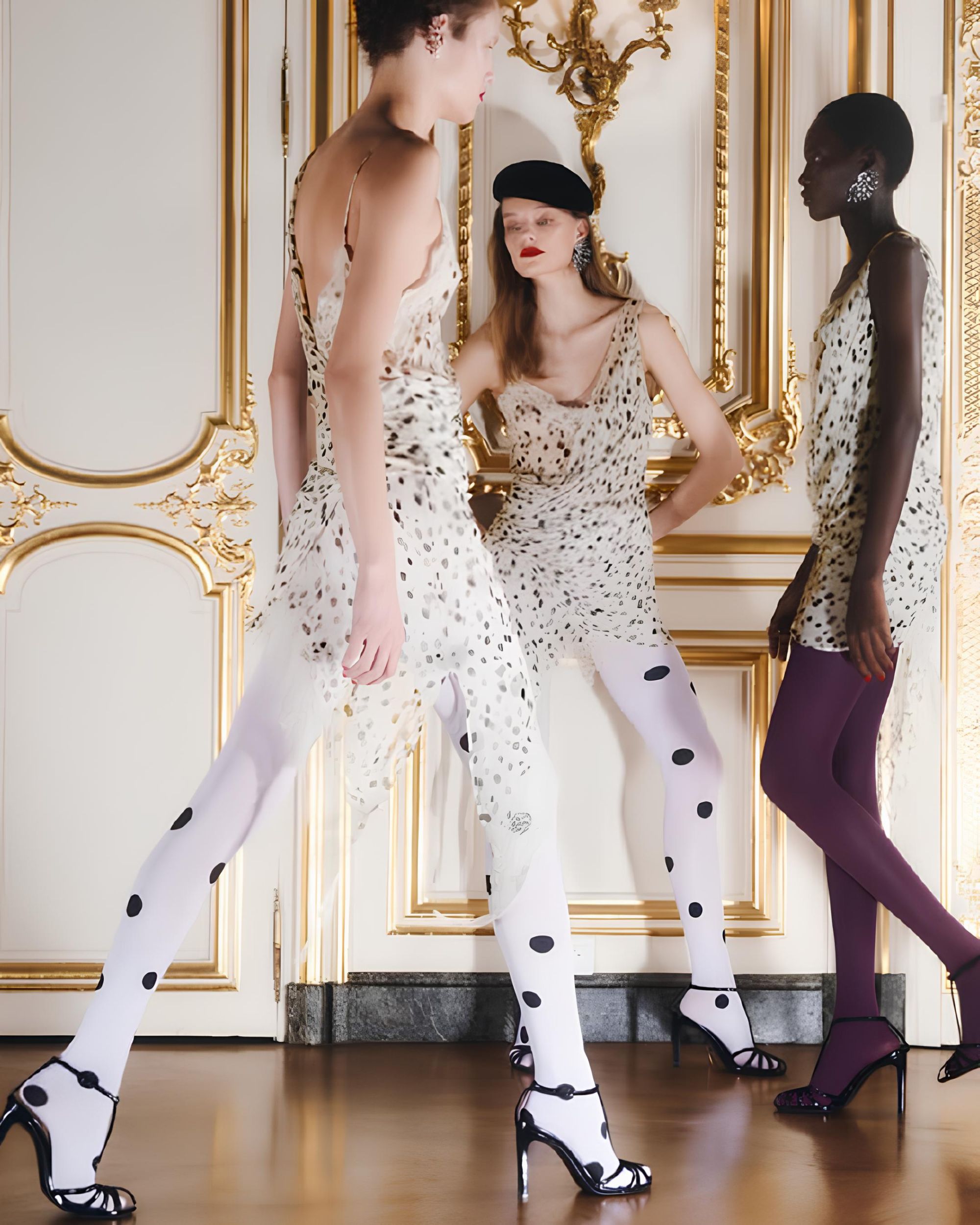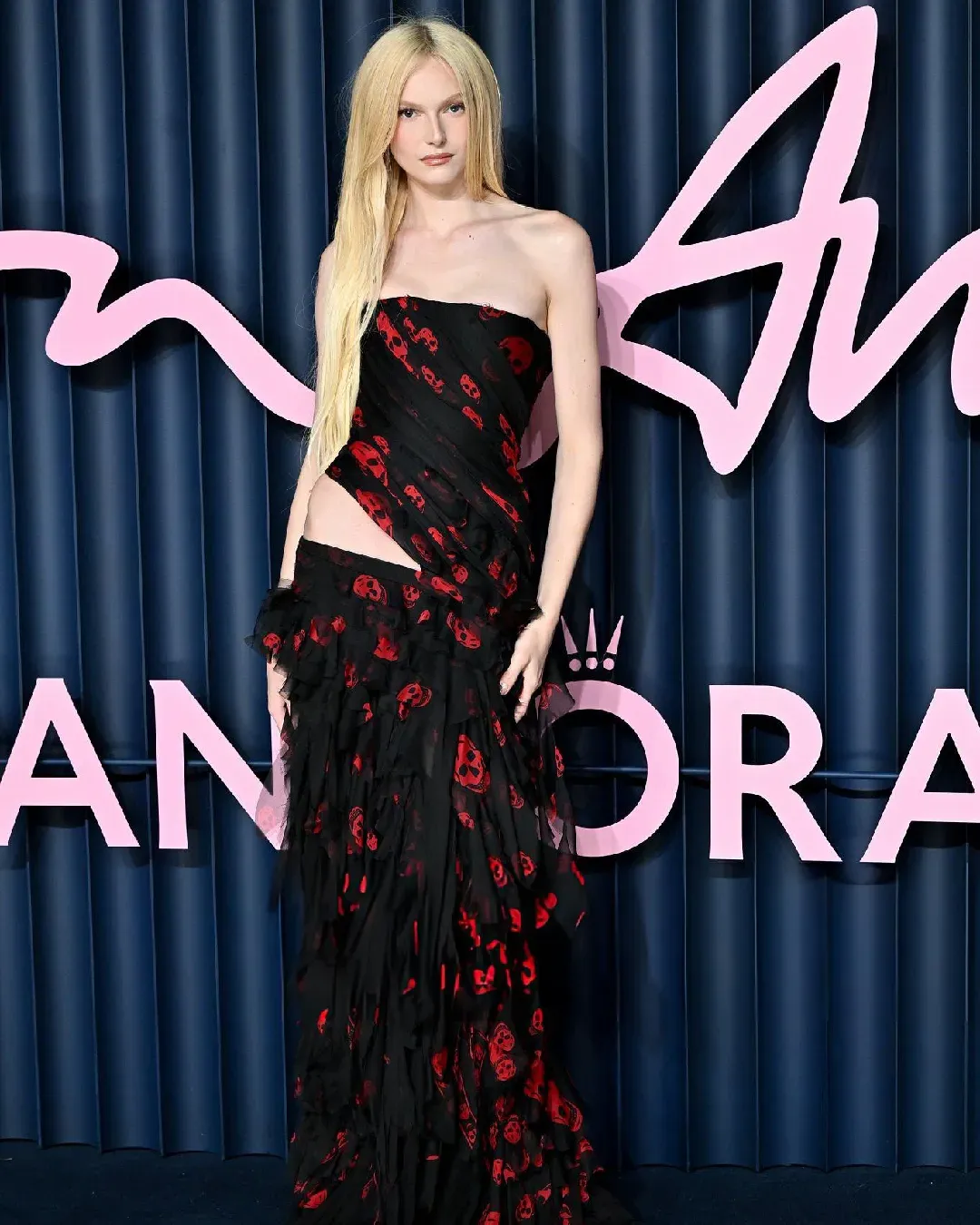
There is more and more fast fashion on second-hand sites There are over 6 million Zara products on Vinted
With a substantial 61.8 million Zara items listed for sale on the second-hand platform Vinted, a complex picture emerges of fast fashion consumer behavior and sustainability efforts in the retail sector. Alongside Zara, Vinted has about 59.7 million H&M items, 21.8 million Shein items, 21 million Primark items, and 10.2 million Mango items, confirming not only the market dominance of fast fashion brands but also their overwhelming production capacity. Zara, owned by Inditex, can replace collections every two weeks (Shein, by contrast, uploads 10,000 items a day to its site) to keep up with changing trends. Unsurprisingly, the items are so closely tied to specific fads and trends that they quickly end up piled on the Vinted profiles of those who purchased them. With a short shelf-life in terms of desirability, fast fashion items continue to pose a monumental sustainability problem.
It’s interesting seeing people saying they prefer the cut on the right in the QRTs because the left looks too old. Sloppiness and low quality as a sign of youthfulness and therefore desirable is an interesting touchpoint culturally, especially with the rise of fast fashion. https://t.co/PpwshEizme
— Cora Harrington (@lingerie_addict) June 7, 2024
Despite consumers becoming increasingly aware of the importance of extending the life cycle of their garments rather than discarding them after limited use, the growing prevalence of fast fashion items on resale platforms highlights the damage that mass production and consumption are causing from both a sustainability and industry perspective. With trends changing so rapidly that an item becomes less desirable within two weeks, fashion is destined to lose credibility. In a recent viral Tweet on X, two creators demonstrated with two photos of the same item in different quality levels how fast fashion has changed our perception. People “say they prefer the cut on the right because the one on the left looks too old. Sloppiness and low quality as a sign of youth and therefore desirable is an interesting cultural shift, especially with the rise of fast fashion,” commented Cora Harrington. Furthermore, a circular system should be based on the premise that quality items last more than one season, not that fast fashion brands produce hundreds of millions of items annually, mostly made of polyester.
@teleport.app Replying to @Jessica not so fun fact: “premium” brands like Jaded London often use the same factories as fast fashion brands . . #jadedldn #jadedlondon #shein #fastfashionfacts #fastfashion Chopin Nocturne No. 2 Piano Mono - moshimo sound design
Stuart Trevor, founder of All Saints and the vintage brand Stuart Trevor, monitored the number of Zara items listed on Vinted for a period of 77 days, from March to June. Sharing his results on LinkedIn, Trevor highlighted an increase from 52.4 million at the end of March to 61 million by mid-June, with an average of 100,000 new items added daily, a situation that questions the effectiveness of Vinted and other second-hand platforms in mitigating the environmental damage caused by compulsive shopping. If reselling is so easy, is it possible that the platforms themselves inadvertently encourage purchasing in the first place? With a complex situation like this, it is difficult to clearly identify the blame for each party.
@kayllasbullshit like chrome hearts at the thrift??? That’s unheard of #thrifthaul #thriftfinds #thrifted #haul #vintage #vintagestore #vintagehaul #designer #chromehearts Never Lose Me - Flo Milli
As the fashion industry grapples with its environmental footprint, Vinted's role in the system is set to evolve. Although they offer a partial solution to the textile waste problem, more comprehensive changes to production, consumption, and disposal models are needed to achieve true sustainability in the sector. Platforms like Vestiaire Collective have banned fast fashion items from their pages for years, but it is unclear how effective this solution has been in addressing the problem. While in this case, the decision-making power lies with the companies that continue to produce incessantly, consumers still have the ability—and duty, one might add—to make their opinions heard through the most powerful vote in fashion: money.















































